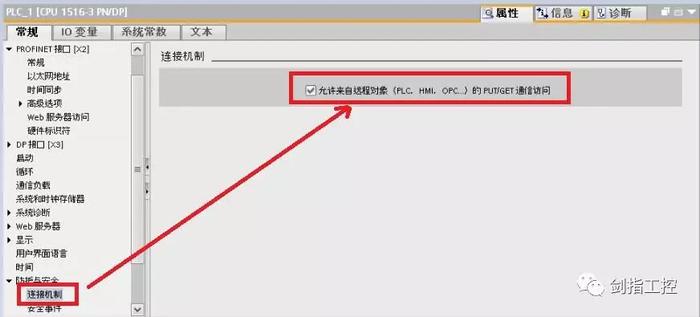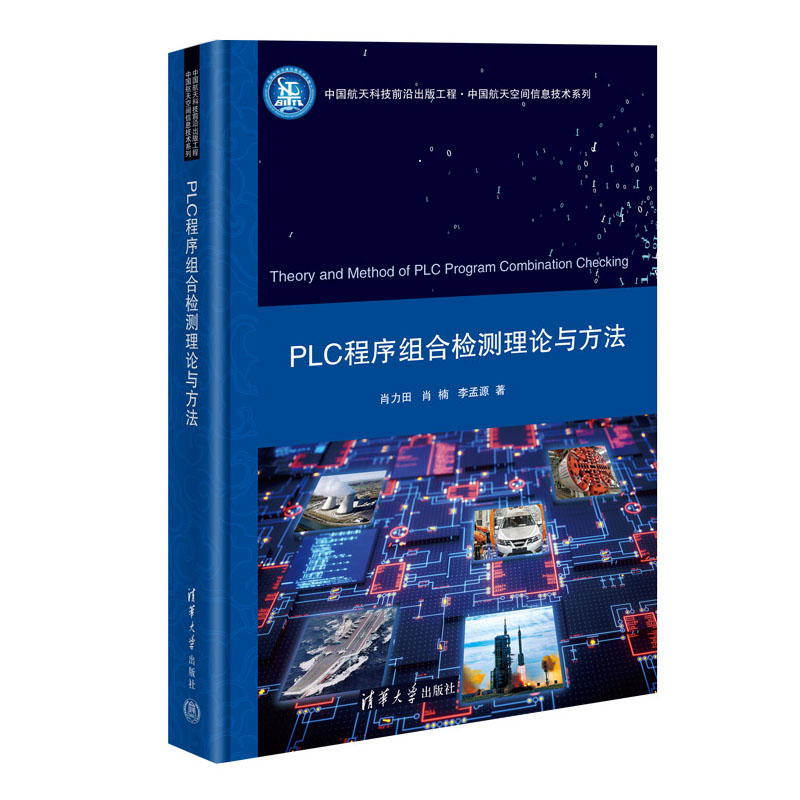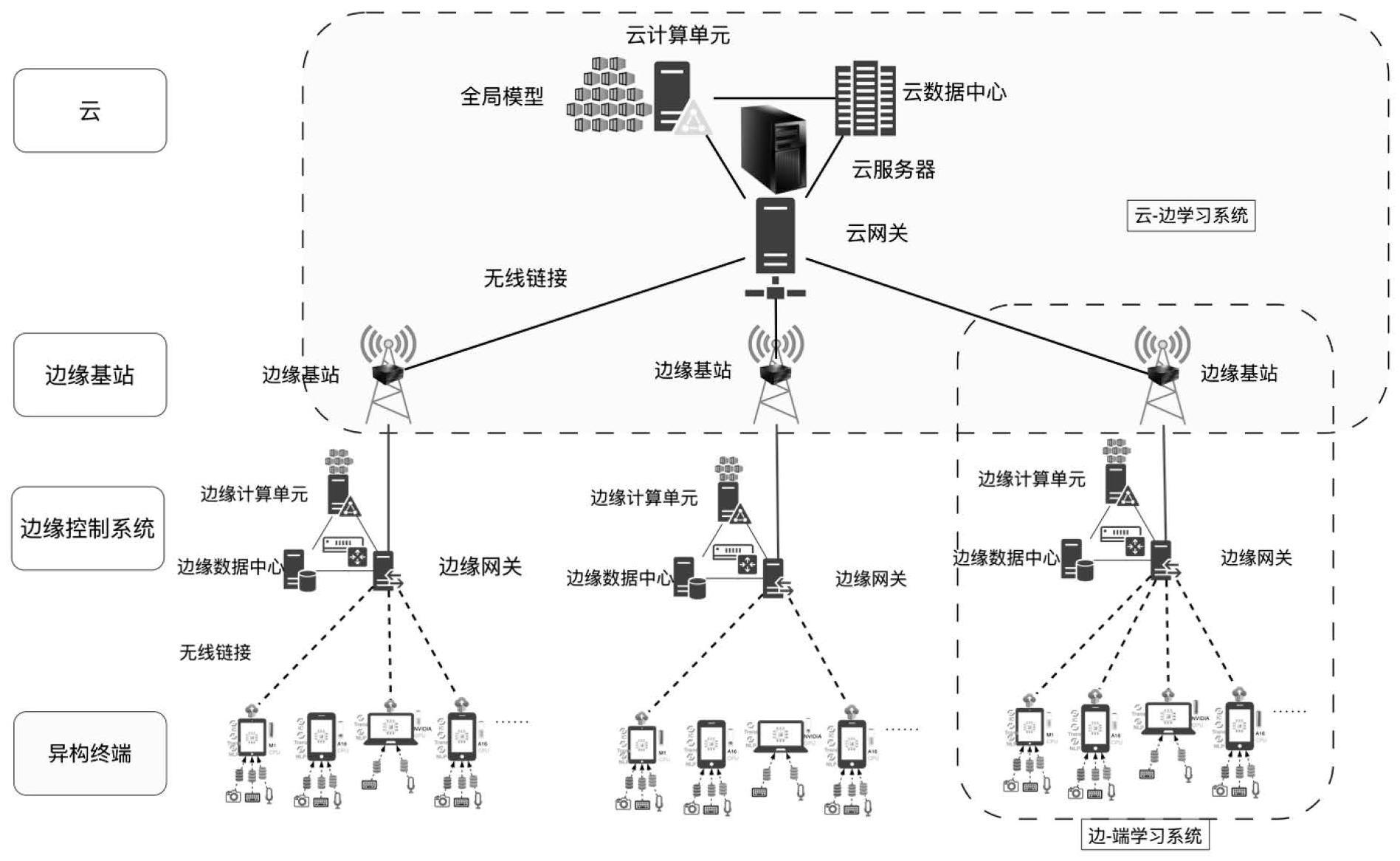
引言
传感器less 矢量控制是一种不需要速度传感器或位置传感器即可控制交流(AC)电动机的技术。与传统的有传感器矢量控制相比,它具有成本低、结构简单、可靠性高等优点。
工作原理
传感器less 矢量控制主要基于电动机的电气模型和磁场模型。它利用电动机的电感和反电动势等信息来估算转子速度和位置,并通过矢量控制算法来实现对电动机的控制。
传感器less 矢量控制的原理可以分为以下几个步骤:
- 磁链估算:根据定子电流和电压,估算出电动机的磁链。
- 反电动势估算:根据磁链和转子速度,估算出电动机的反电动势。
- 转速估算:利用反电动势和磁链的信息,估算出电动机的转速。
- 位置估算:利用转速和转子电阻,估算出电动机的转子位置。
- 矢量控制:根据转速和位置的信息,通过矢量控制算法来控制电动机的速度和转矩。
估算方法
传感器less 矢量控制中常用的估算方法包括:
- 电感估算:通过注入交流电流或高频脉冲电流,测量电动机的电感。
- 反电动势估算:通过施加零电压或低电压,测量电动机的反电动势。
- 转速估算:利用相位锁相环(PLL)、Kalman滤波等算法,根据反电动势或磁链的信息估算转速。
无传感器矢量控制,像一个V / Hz的驱动,继续作为一个频率控制 drive, with slip compensation keeping actual motor speed close to the desired speed. 驱动器,与滑差补偿电机速度保持接近实际所需的速度。 The Torque Current Estimator block determines the percent of current that is in phase 估计块转矩电流决定了目前的百分之这一阶段是在 with the voltage, providing an approximate torque current. 与电压,提供一个近似的转矩电流。 This is used to estimate the 这是用来估计 amount of slip, providing better speed control under load. 滑移量,控制负载下提供更好的速度。 Sensorless Vector Block Diagram 传感器矢量框图 The control improves upon the basic V/Hz control technique by providing both a 改进后的控制基本第V / Hz的控制技术,提供既 magnitude and angle between the voltage and current. 目前的幅度和角度之间的电压和。 V/Hz drives only control the 第V / Hz的驱动器只控制 magnitude. 规模。 Vangle controls the amount of total motor current that goes into motor flux Vangle流量控制电机电流的总金额将是去运动 enabled by the Torque Current Estimator. 启用的转矩电流估计。 By controlling this angle, low speed operation 通过控制这个角度来看,低速运行 and torque control is improved over the standard V/Hz drive 和转矩控制驱动器改进了的标准的V / Hz的 Sensorless Vector Speed vs. Torque 传感器矢量速度与转矩
本文原创来源:电气TV网,欢迎收藏本网址,收藏不迷路哦!








添加新评论